Malcolm Cowley said in his book, The Portable Faulkner: “In Wild Palms, a man sacrificed everything for freedom and love and lost both. In The Old Man, a prisoner sacrificed everything to escape freedom and love and return to the safety of the prison farm, devoid of women.” In both short stories, originally published together, women are a force, a contemplative and irrefutable truth. In 1927, the Mississippi River: The Old Man became a reality and more than a reality for the tall, thin, sunburned prisoner. Ordered to move away from the black earth of the penal plantation when the Mississippi River flooded, he was placed in a boat with the plump prisoner, ordered to bring back the woman from the cypress trunk and the man from the cotton shed. He was transported to a strange new world. He was caught in the swirling, shifty waters, now separated from his friend. The river placed the woman in the prisoner’s long boat, and she was the burden of a female life whose heart was not only the Circe in his Odyssey, but the river also held for him the inevitable, stubborn dangers of Odysseus’s sea, and life itself. Despite all the terrors of the river, the alligators crawling in its tributaries, and the snakes, the tall prisoner is safer than Harry in *Wild Palms*. His woman is something to care for and is brought to safety, not to the life of a man. The tall prisoner achieves a double victory: he not only survives the flood, but also against his will, in a kind of From heroic passivity and understanding of the “old man,” he survives from and against the will of the woman, the woman he never loved. He feels this, but he is unaffected by the destructive power of both.
The Tall Prisoner is a man from the Pine Hill countryside. This is his only geographical connection to the Yokna Patawpha County area and Faulkner’s other great novels. But in The Tall Prisoner, all of Faulkner’s extraordinary power of storytelling and poetry is present—violent, lost, and lived in tension. Harvey Brett recently said in The New York Times, “I think Faulkner is the most wonderful author writing in America these days.”
The Old Man
د.ا5.00
A novel that depicts man’s struggle with nature through the journey of a man and a young prisoner as they confront a devastating flood on the Mississippi River.
Arabic/English
Available on backorder
| Categories: | Literature, Novels, stories, World literature |
|---|---|
| Tags: | literature, Novels, Sociology, thought |
| Author | |
|---|---|
| Year |
You may also like…
-
House of the Black Butterflies
د.ا5.00This novel explores the depths of memory, pain, and healing through the story of a girl confronting a dark past in a mysterious orphanage.
-
In the House on the Hill
د.ا5.00A novel that sheds light on the inner conflicts and complex human relationships that unfold in a secluded hilltop house, with a profound and realistic psychological approach.
Arabic / English -
The Last of the Mohicans
د.ا5.00A historical novel that follows the adventures of Uncas and the Mohicans at the heart of the French and Indian War, exploring the tensions between Native cultures and colonists.
Arabic/English -
Bloodline or the Redness of Dusk in the West
د.ا14.00A bloody and realistic novel that deals with violence and evil in the heart of the American West, where its protagonists face personal and moral struggles in a harsh environment.
Related products
-
One Hundred Years of Solitude
د.ا12.07One Hundred Years of Solitude is a 1967 novel by Colombian author Gabriel García Márquez that tells the multi-generational story of the Buendía family, whose patriarch, José Arcadio Buendía, founded the fictitious town of Macondo. The novel is often cited as one of the supreme achievements in world literature.
د.ا17.75 -
Land of sad oranges
د.ا2.13Ghassan Kanafani is a Palestinian novelist, storyteller, and journalist, and is considered one of the most famous Arab writers and journalists in the twentieth century. His literary works, including novels and short stories, were deeply rooted in Arab and Palestinian culture
د.ا3.55 -
Two years, eight months and twenty-eight nights
د.ا7.10A book that blends fiction and nonfiction to explore issues of religion, identity and human conflict
د.ا8.52 -
Lover
د.ا2.13Ghassan Kanafani is a Palestinian novelist, storyteller, and journalist, and is considered one of the most famous Arab writers and journalists in the twentieth century. His literary works, including novels and short stories, were deeply rooted in Arab and Palestinian culture
د.ا3.55 -
About men and guns
د.ا2.13Ghassan Kanafani is a Palestinian novelist, storyteller, and journalist, and is considered one of the most famous Arab writers and journalists in the twentieth century. His literary works, including novels and short stories, were deeply rooted in Arab and Palestinian culture
د.ا3.55 -
The other thing
د.ا2.13Ghassan Kanafani is a Palestinian novelist, storyteller, and journalist, and is considered one of the most famous Arab writers and journalists in the twentieth century. His literary works, including novels and short stories, were deeply rooted in Arab and Palestinian culture
د.ا3.55 -
The Forty Rules of Love
د.ا10.65is a novel written by the Turkish author Elif Shafak,[1][2][3] Her interest in writing this book was influenced by the degree she received in Gender and Women’s Studies.[4] The book was published in March 2009.[5] It is about the Persian mystic poet Maulana Jalal-Ud-Din, known as Rumi and his companion Shams Tabrizi.[6][7] This book explains how Shams transformed a scholar into a Sufi (mystic) through love.[8] More than 750,000 copies of this book were sold in Turkey and France
د.ا12.78 -
Prisoner of Heaven
د.ا7.10After the shadow of the wind and the angel game, I ended my strange meeting with Carlos Zafon in the third part of the Tomb of Forgotten Books series in this piece that I read while trying to understand what was going on in his head, which wanted the prisoner of heaven to tell us the dark nights of Barcelona from the window of its prisons, that prison that embraced Martin for a long time and through which he excelled in writing The Game of the Angel, which was the hero of that novel David Martin and Isabella, and we got to know their end, which was not confirmed by the lines. The writer also explains that what we can consider a coincidence with us may be wisely studied and what we interact with with all honesty may be fake and obsolete as the first boot, the past is just images stuck in our heads and just a glance of it returns to expose itself, and opens new cracks in our hearts, pushing you to search and explore what the truth is and to what extent it can comfort you or in any proportion that may make you a wreckage between the legs, yet the search for it is The way of salvation,
د.ا8.52
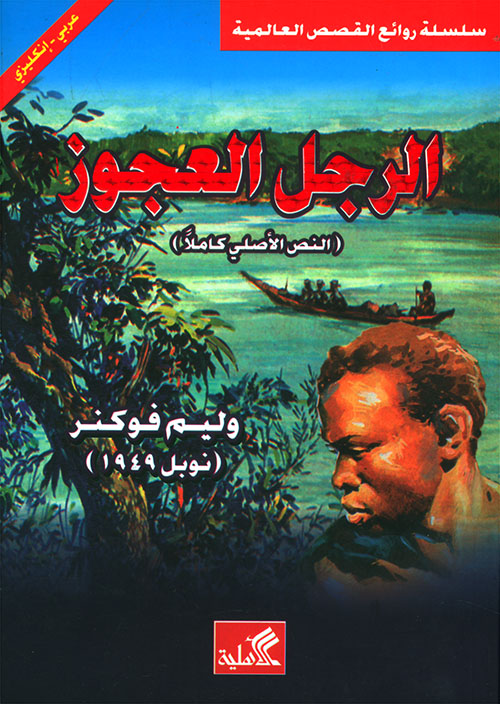
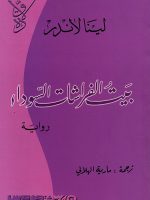
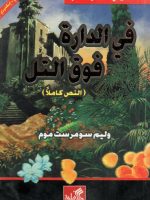
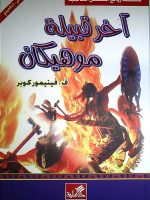
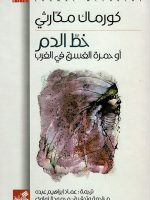
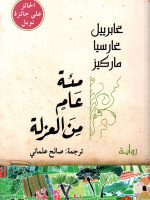


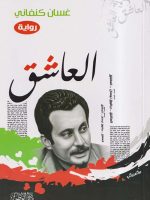
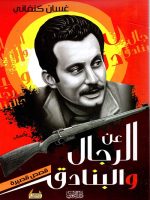
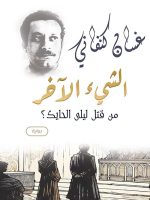
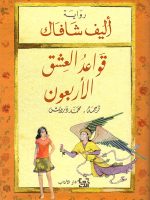

Be the first to review “The Old Man”